Description
Yerba maté is not technically considered real tea because it doesn’t come from the Camellia Sinensis plant, but rather from the South American yerba maté tree, Ilex paraguariensis. Unlike many other tea-like beverages, this infusion contains caffeine. It is traditionally consumed from a gourd using a metal straw called a “bombilla.” In Latin America, it holds a significant cultural role and represents a moment of togetherness, often shared from the same gourd. This variant originates from South Brazil, but it’s also grown in Paraguay and Argentina.
The stimulating effects of yerba maté are quite potent. If you want less caffeine, opt for a longer infusion time.
Ingredients
Yerba maté.
What is Yerba Maté?
Yerba maté is officially called “maté,” but in some countries, it’s known as Chimarrao or cimarron. It consists of leaves from the Yerba Maté plant or tree that are dried and pulverized. Originally, before the arrival of Europeans in Latin America, it was exclusively consumed in Paraguay by the indigenous Guarani people. Today, it’s the national drink of Argentina, Paraguay, and Uruguay. It’s also consumed in Bolivia, Chile, Brazil, and somewhat surprisingly, in Syria and Lebanon (the largest importers of maté). The leaves are infused in hot water, although the preparation is slightly different. Yerba maté plays a significant social role in Latin America and is consumed both hot and cold during social gatherings.
The Yerba Maté Production Process
The Yerba maté plant or tree thrives in a tropical climate with constant high temperatures, high humidity, and ample rainfall. Fortunately, Latin America has these conditions in abundance!
Growing Yerba Maté trees is not an easy task. The seeds cannot be simply planted. The Spanish discovered this when they arrived in Latin America and attempted to cultivate yerba maté bushes. The seeds proved to germinate more readily after being digested by birds. For a time in history, actual birds were used to ripen the seeds before planting. Later, the method shifted to soaking the seeds in water after washing them several times. Today, they cultivate the bushes in a nursery for the first 9 months to a year, quite similar to what is done with the tea plant, Camellia Sinensis. Harvesting can only begin after four years, and truly commercial results are only seen after seven years.
When the bushes are ready, the leaves are harvested, typically by hand. It’s primarily the smaller leaves that are used, so there’s an immediate quality check during harvesting to select only the right leaves.
Next, the leaves must be dried. There are two steps in the drying process known as “sapecado” and “fogueado.” Sapecado is a step reminiscent of the production process of green tea. It’s about preventing oxidation, and it must be done within 24 hours of harvesting by briefly exposing the leaves to high temperatures through direct fire. It’s a delicate process to ensure the leaves do not burn, as it would alter the flavor of the maté.
Then comes the “fogueado,” a further drying phase. During this step, the leaves are placed on a conveyor belt and dried for about 2 to 12 hours above hot air at temperatures ranging from 80 to 100 degrees Celsius.
The next step is called “canchado.” In this phase, the dried leaves, which have already lost about 80% of their moisture at this stage, are crushed but not yet to the ultimate small size. This makes it easier to transport the bags of canchado (which is also the term used for the end product of this stage).
Finally, it’s time for the maté (still called canchado at this point) to undergo a maturation process. This is somewhat similar to the process for Pu-Erh tea. The bags of maté are stored for 9 months to 2 years in controlled environments where temperature, light, and humidity can be carefully monitored. It’s during this phase that yerba maté develops all its characteristics.
In the last phase, the maté is once again crushed, this time even smaller, to a few millimeters or even almost dust. Just as with Camellia Sinensis tea, yerba maté has “tasters” who diligently monitor quality and adjust the production process as needed. They may also create blends with other herbs, for example.
How to Prepare Yerba Maté
Maté is prepared in many different ways, depending on the type you’re using and what you want to achieve in your cup or gourd. Here’s a guide to the most standard preparation method for maté, which is also the most popular.
You will need the following:
- Yerba Maté: You’ll need the leaves themselves. At Thee.be, we offer high-quality yerba maté to help you get started.
- A bombilla: This is the traditional stainless steel straw used to drink maté. It has a built-in filter to ensure you only consume the infusion and not the leaves. The filter, the part with holes, is at the bottom.
- A gourd: This is sometimes called a mate gourd, calabaza, cuia, or porongo, and it’s made from a calabash gourd. Yes, you’ll be drinking from a gourd!
- Lukewarm water.
- A water kettle at temperature or a thermometer: Temperature is crucial when preparing maté, so you’ll need tools to monitor the water’s temperature. A temperature-controlled water kettle is a worthwhile investment for any tea lover!
Instructions for Making Maté
- Fill the gourd to about 2/3 to ¾ with yerba maté. Place your hand over the opening and shake it well – according to tradition, this should be done at a 45-degree angle.
- Keep the gourd tilted. Add a bit of lukewarm water to the yerba maté, wetting a portion of the maté. The goal is for the maté to absorb this water, so give it about a minute to do so.
- Now, add a bit of hot water – again, only to a portion. Ensure that the water is not over 80 degrees Celsius. Higher temperatures can affect the taste and quality of the maté.
- Insert your bombilla into the gourd. While placing your finger over the opening of the straw, slowly stir through the maté until you reach the bottom of the gourd. Press the leaves against the side.
- Now, fill it up with hot water.
Enjoy!
This is how it’s done according to tradition, but you can certainly use a shorter version. In this case, shake the leaves and pour hot water immediately. However, be diligent about monitoring the water temperature. Just like with tea leaves, yerba maté is highly sensitive to temperature, and high temperatures above 80°C will negatively affect its quality.
A few more tips:
- If you’re not accustomed to drinking maté or using a gourd, you might be tempted to stir with the bombilla. Resist this urge because it can clog the straw.
- Traditionally, maté is consumed in one go (or close to it) rather than in small sips. However, feel free to enjoy it as you like.
- Traditionally, one gourd is shared among multiple people, passed around in a group. In Europe, we tend to be less inclined to do this, and everyone often has their own gourd.

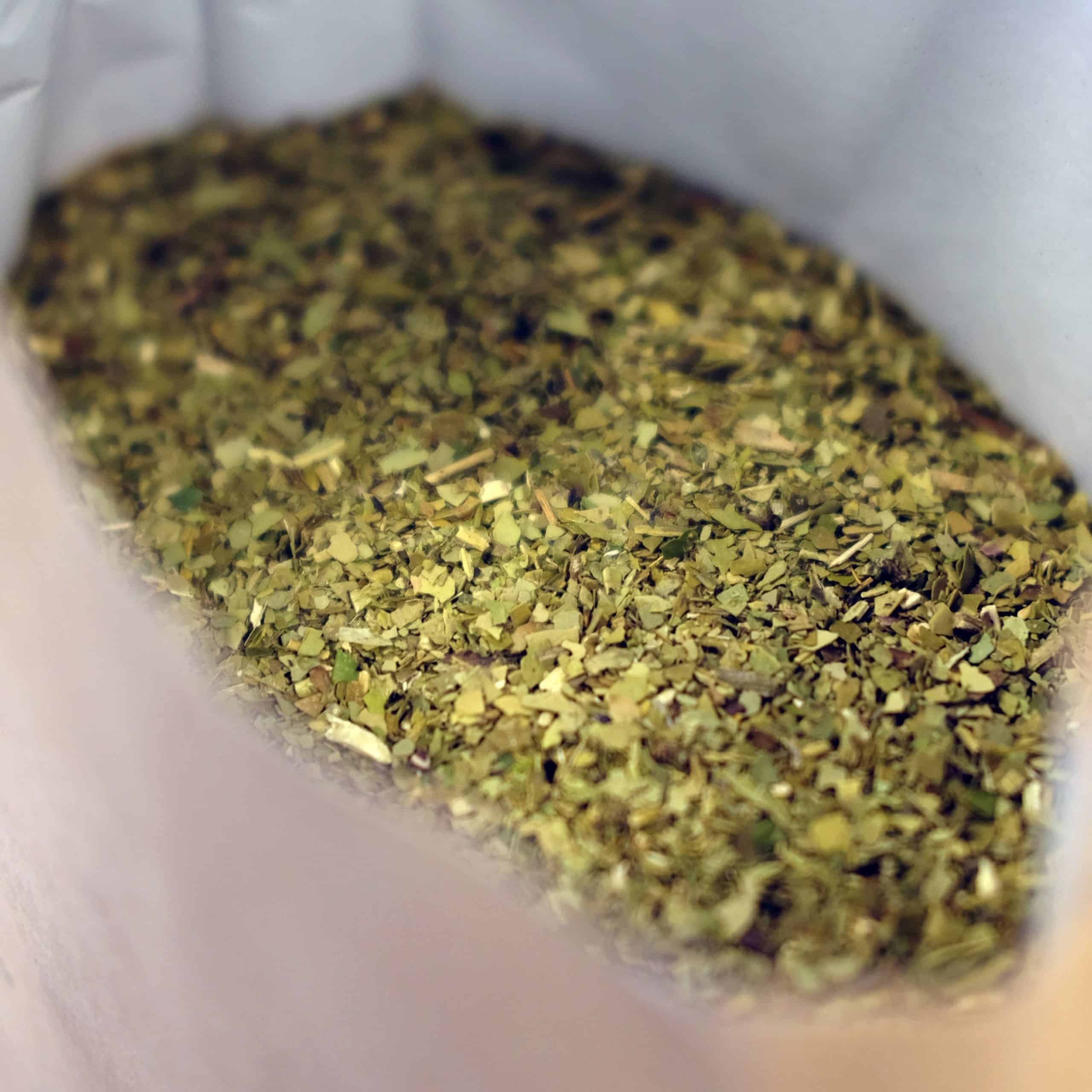
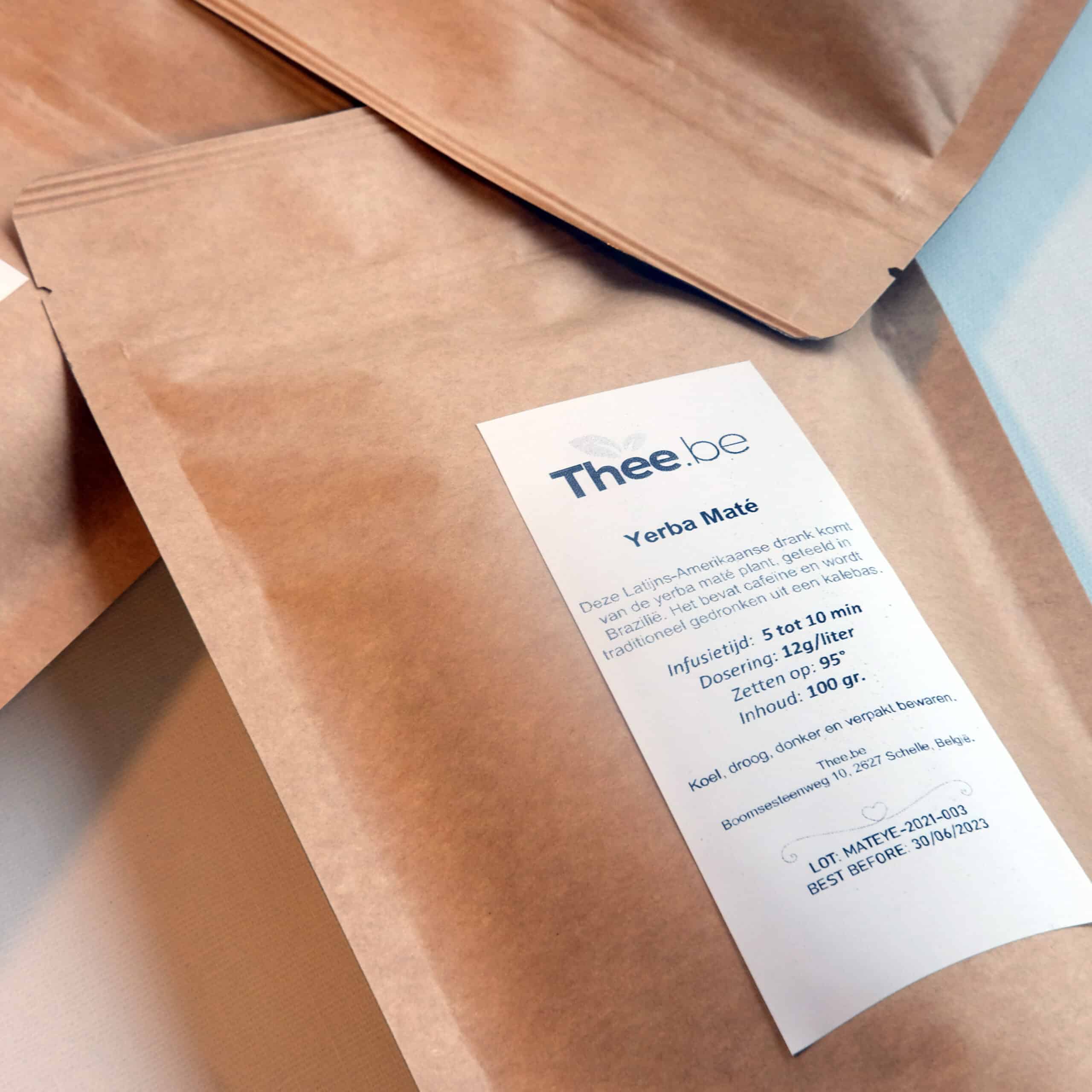
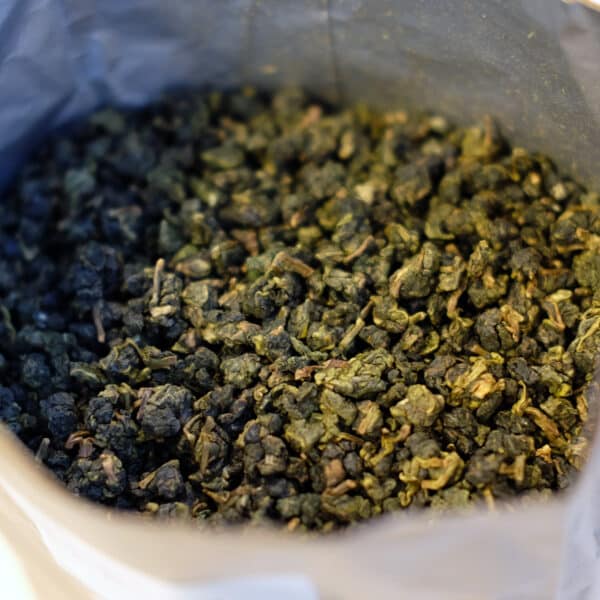
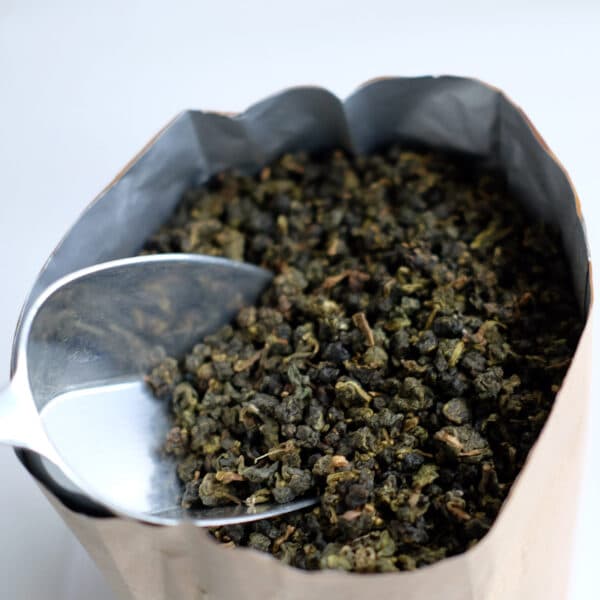
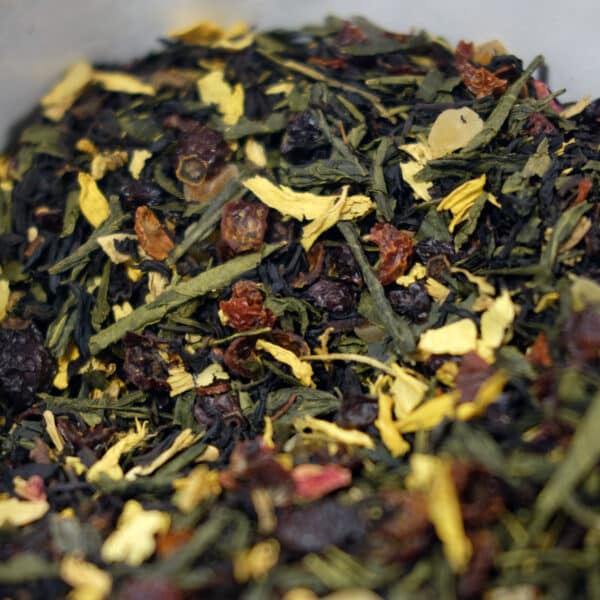
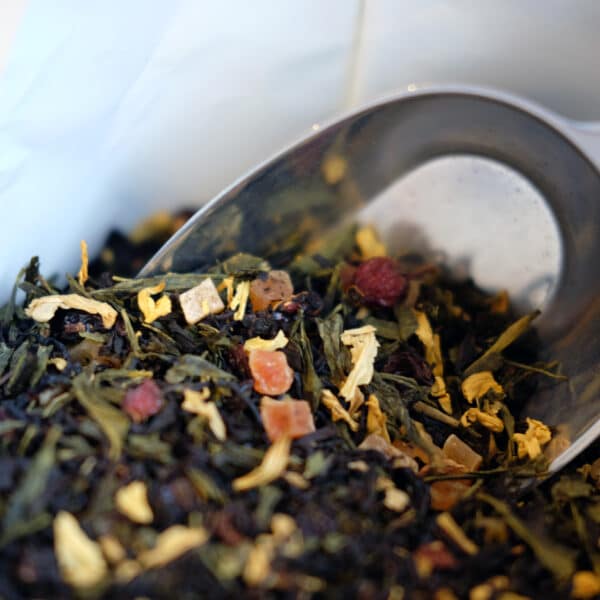
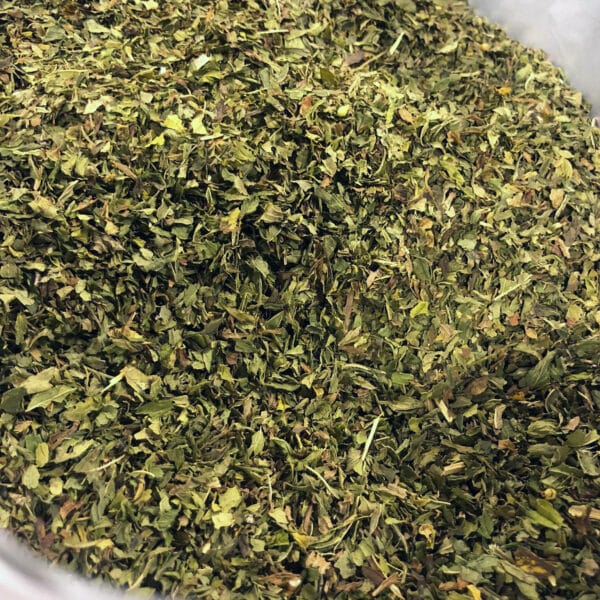
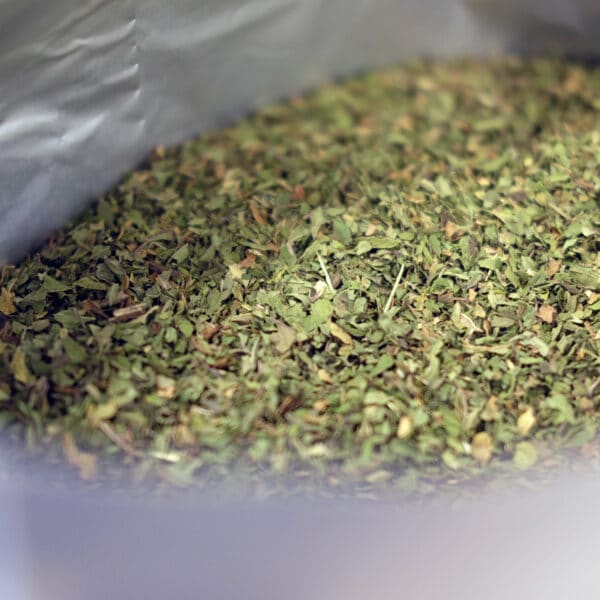
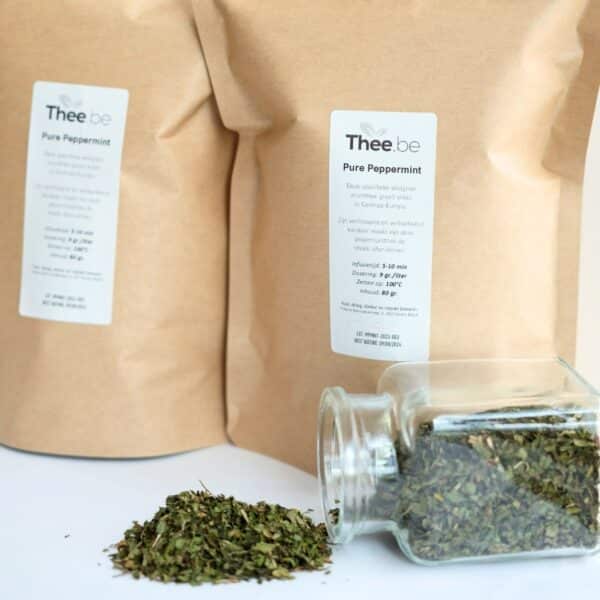
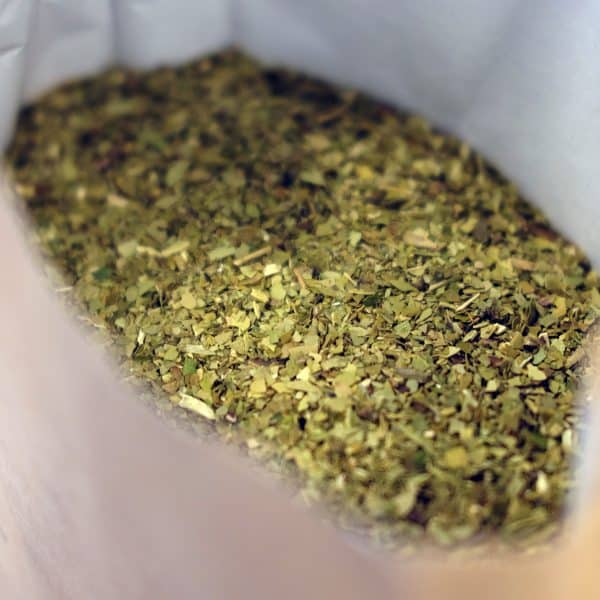
Reviews
There are no reviews yet.